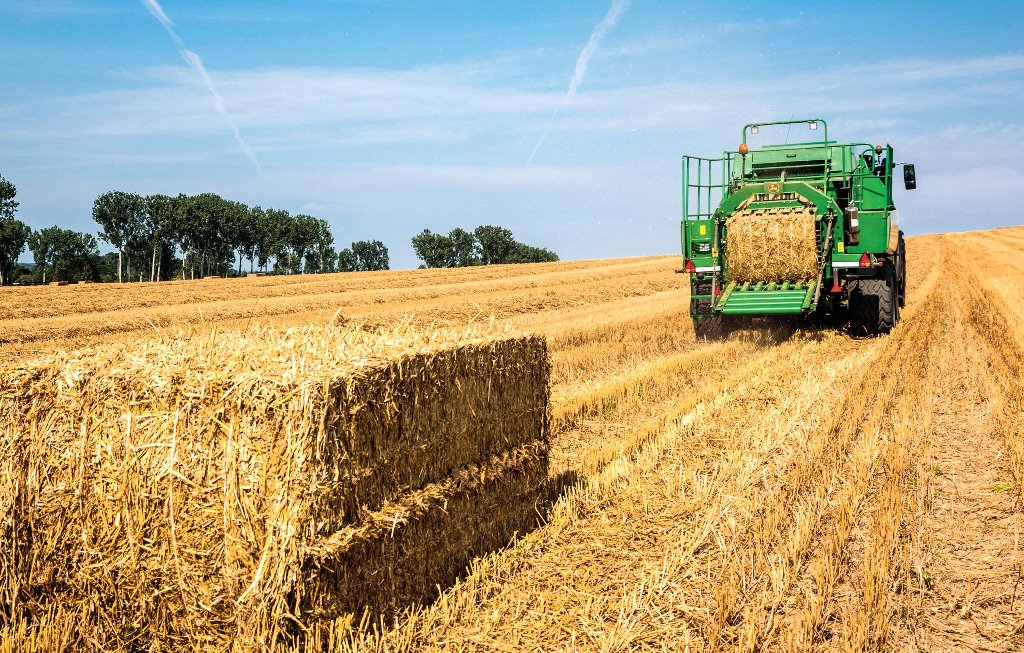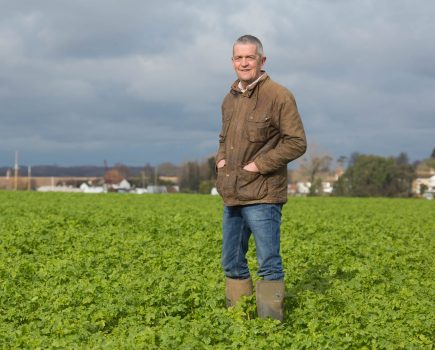
Whatever the challenges we’ve been facing this summer, it pales in comparison to ‘the big dry’ being experienced Down Under in New South Wales.
It’s been interesting seeing Australian farmers taking to social media to vent their frustration at the way they’re being portrayed in their national press and they’re pointing out that very few of them are shooting their animals, most are bringing in fodder. Although some undoubtedly are taking desperate measures, many have modern farming businesses with enough resilience to cope with the extreme weather and this is what they want to portray.
While not downplaying the effect this summer has had on some UK farming businesses, the reporting in our media has been in a similar vein. If the only time agriculture makes the news is when there’s something negative to report, then that’s not good for the image of British farming. Reports of a crisis, which is like calling journalistic bees to the honeypot, have stolen the headlines but arable farmers are doing their best to supplement the shortfall in livestock rations by baling extra straw, encouraged by the good work of Forage Aid. Farmers helping each other and coping in spite of the difficulties they face should be the story.
If there’s one thing to learn from this year’s ‘unusual’ weather patterns, it has to be don’t get hung up on calendar dates. Who’d have thought that a late spring would turn in to one of the earliest harvests in living memory.
With harvest safely tucked away in the barn well before mid-August, wheat prices are looking very healthy (unless you sold at £130/t). There’s every reason to be optimistic this year as it’s not just the UK that’s been hit by a drought, farmers across northern and central Europe are suffering. The Baltics are particularly severely hit with states of emergency declared in Latvia and Lithuania, while fields in Sweden have also been subjected to baking sun and abnormally dry conditions.
So with an unusually quiet month in August, patience has been the order of the day. Nature has been doing the subsoiling which has saved a job and trying to rip one through very dry soils would likely do more harm than good – unless the objective is to bring up huge clods and burn large amounts of diesel!

Arable growers are trying to ease the fodder shortage in the livestock sector by baling more straw, which is great quality this year.
The best place to leave blackgrass seeds has been on the surface where the sun can do its work and the low-dormancy blackgrass can germinate readily with a drop of rain. So there’s been another temptation to resist. In my part of the world several growers have cultivated their stubbles as soon as the combine was out of the field. I’ve been struggling to think of a good reason why they’ve taken this approach, but Philip Wright may have answered my question in his comments about managing dry soils. Soils are pretty clay rich around here so have cracked fairly extensively.
With forecasts of an Indian Summer, we’re yet to see if the long-range weather pundits are proved right, but the Environment Agency are also warning of hot, dry weather continuing well into Oct. Many will have had second thought about hurrying in to drill OSR or even cover crops. Soils are very warm and very dry, which adds up to needing plenty of rain and probably a regular top up to maintain soil moistures at a level where seedlings are able to maintain their growth. Planting into a dry soil and having enough rain to chit seed could be a nightmare if it’s followed by another dry period.
And then there’s flea beetle. The little critters just love warm and dry soils so they’ll be nibbling away as fast as seedlings can grow. It’s a season to throw the calendar out of the window and go on ground conditions with a watchful eye on the weather forecast. For many it may be a Sept drilling for OSR which on the basis that soil temperatures will still be very warm this year, the slight delay in planting should help rather than hamper OSR crops. Air temperatures will be cooling so any rain at least has half a chance of getting into the ground.
Based in Ludlow, Shrops, CPM technical editor Lucy de la Pasture has worked as an agronomist. @Lucy_delaP




